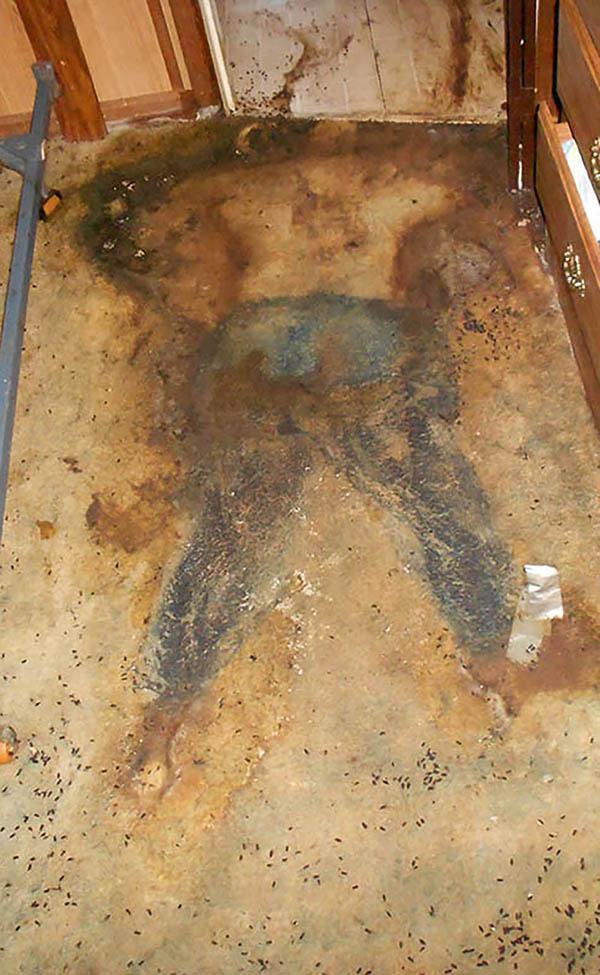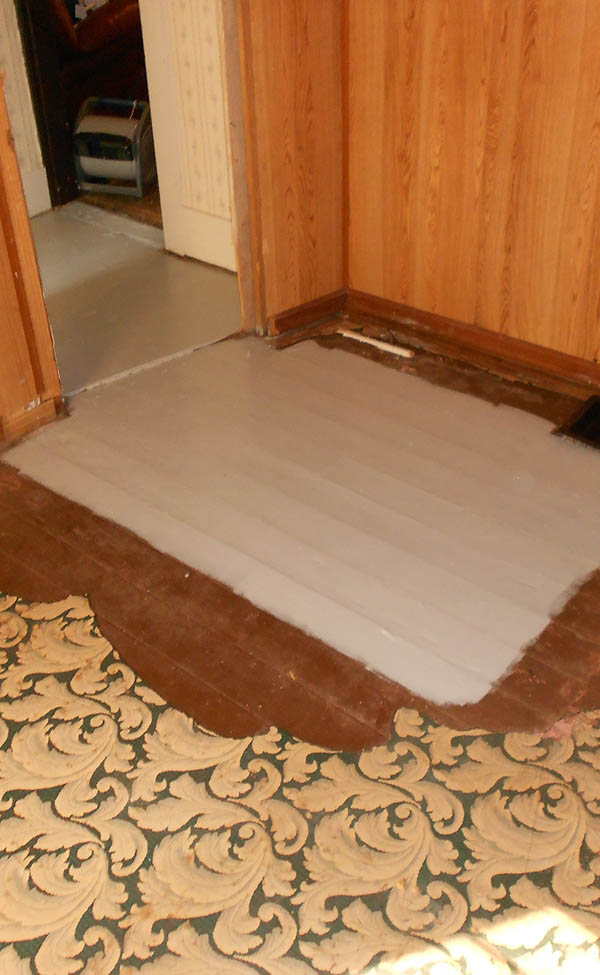Job details
- Detroit, Michigan
- July 2019
- Two
- Decomposition, Unattended Death
Other Projects
3-Week Decomposition
Decomposition and unattended death typically occurs when a person dies and is undiscovered for a period of time. Once a person passes away, the decay process beings. During the first stage of decomposition rigor mortis will also start to set in. During this time the muscles stiffen and the body, resulting in rigidity.
During the subsequent stages of decomposition the body will begin to bloat and an unpleasant odor will be present. This typically occurs within three to five days after death.
Eight to ten days after death, the body will start to decompose. This process will continue for couple of weeks until the body becomes fully liquified at about one month post death.
Due to the presence of bacteria and insect infestations, it’s recommended that a trained and qualified biohazard remediation team be called in to deal with the remains. Please call Bio-Trauma 911 at 1-800-759-6960 if you need assistance with an unattended death or any other biohazard remediation scene.
Project Overview
Our team is often called out to scenes such as the one pictured to the right. Unfortunately, this individual had passed away in the doorway and laid undiscovered for several weeks. After the body had been removed by medical professionals, an area of decomposition remained. While we don’t get into the process of decomposition or the manner in which an outline like this is made, suffice it to say it’s a very time consuming process to remediate this type of a scene.
The small black dots seen around the area of decomposition are dead flies. You can also see where it appears that fluids have run under portions of the wall and furniture. While our team would typically tear out most of this room, we were instructed by our client to do the least amount of work necessary to remediate the scene. Thus, some of the steps we would have liked to take were not taken at the request of the client. Our team will always make recommendations for best practices and procedures to follow when remediating a scene but it is ultimately our clients’ direction that we follow.



